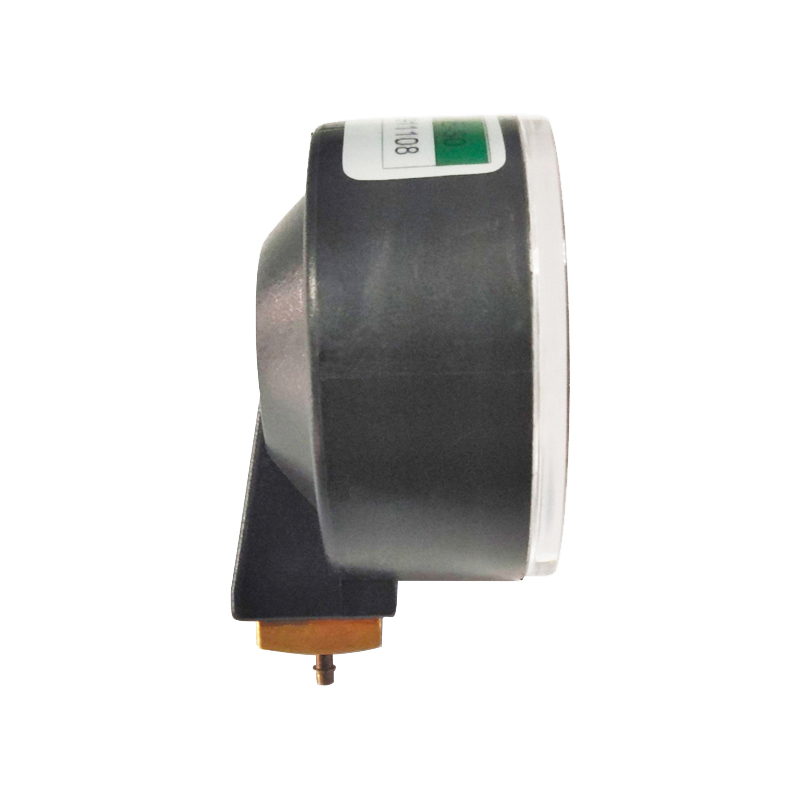
Dec . 06, 2024 18:11 Back to list
oem diaphragm seal pressure gauge accuracy
Understanding OEM Diaphragm Seal Pressure Gauge Accuracy
In industrial applications, precision is paramount. One of the crucial instruments employed for measuring pressure is the diaphragm seal pressure gauge. For Original Equipment Manufacturers (OEM) and end-users alike, understanding the accuracy of these gauges is essential for ensuring the reliability and safety of various operations.
What Is a Diaphragm Seal Pressure Gauge?
A diaphragm seal pressure gauge is a specialized device used to measure pressure in fluid systems, particularly where the fluid is corrosive or viscous. The diaphragm acts as a barrier between the fluid and the measuring element of the gauge, preventing contamination and damage to the gauge. This design is especially valuable in industries such as chemical processing, pharmaceuticals, food and beverage, and oil and gas.
The diaphragm itself is typically made from flexible materials that can withstand high pressures and harsh environments. When pressure is applied to the diaphragm, it deflects, and this deflection is transmitted to the pressure gauge mechanism, which provides a reading. This setup not only protects the gauge but also maintains its accuracy over time.
Factors Affecting Accuracy
Accuracy in pressure gauges is crucial as it directly impacts process control, safety, and product quality. Several factors can influence the accuracy of OEM diaphragm seal pressure gauges
1. Calibration Regular calibration is vital to maintain the accuracy of any measuring instrument. Diaphragm seal pressure gauges must be calibrated according to the manufacturer's specifications and are usually checked against a known standard.
2. Temperature Effects The materials used for diaphragm seals can expand or contract with temperature changes, potentially leading to measurement errors. It is essential to consider the operational temperature range and employ compensation techniques when necessary.
3. Vibration and Shock External vibrations and shocks can adversely affect the accuracy of pressure gauges. Using dampening devices or protective casings can help mitigate these effects.
4. Installation Position The orientation and location where the gauge is installed can lead to variations in readings. For example, vertical installations may cause differences in pressure readings due to the effects of hydrostatic pressure in liquid-filled systems.
oem diaphragm seal pressure gauge accuracy

5. Overpressure and Underpressure Exceeding the specified pressure range of a diaphragm seal can damage the diaphragm and lead to inaccurate readings. Similarly, operating under conditions of very low pressure can cause fluctuations and inaccuracies in measurement.
6. Fluid Characteristics The viscosity, density, and temperature of the fluid being measured can also impact the accuracy of the gauge. Thicker fluids can hinder the diaphragm's response time, leading to lag in readings, while corrosive fluids can damage the material of the diaphragm if not properly selected.
Enhancing Accuracy in OEM Designs
OEMs can implement various strategies to enhance the accuracy and reliability of diaphragm seal pressure gauges
- Material Selection Choosing appropriate materials for the diaphragm that can withstand the chemical properties of the fluid while ensuring flexibility can significantly improve accuracy.
- Advanced Designs Utilizing innovative design techniques such as dual diaphragm systems or redundant measuring elements can provide greater accuracy and reliability.
- Integrated Technology Incorporating electronic pressure transmitters along with traditional gauges can allow for real-time monitoring and improved accuracy. This integration enables better data analytics and corrective measures to be taken promptly.
- Enclosures and Shielding Providing adequate shielding from environmental factors can minimize the impact of temperature variations and vibrations on gauge accuracy.
Conclusion
The accuracy of OEM diaphragm seal pressure gauges is vital for effective process control and safety in various industries. By understanding the factors that influence this accuracy and implementing measures to enhance the design, manufacturers can ensure that their pressure gauges deliver reliable and precise measurements. As technology progresses, the continued evolution of these instruments will further refine their accuracy, ultimately benefiting industrial applications and the broader economy. Whether in a nuanced chemical process or a rigorous oil exploration operation, the integrity of pressure measurement is fundamental to success.
-
High-Precision Mass Diaphragm Pressure Gauge - Reliable & Durable Solutions
NewsJun.10,2025
-
Explain Diaphragm Pressure Gauge Expert Guide, Top Manufacturers & Quotes
NewsJun.10,2025
-
Affordable Differential Pressure Gauge Prices in China Top Manufacturers
NewsJun.10,2025
-
Reliable Water Fire Extinguisher Pressure Gauges for Safety
NewsJun.10,2025
-
Durable Diaphragm Protection Pressure Gauges Get Quote
NewsJun.09,2025
-
WIKA Differential Pressure Gauge with Switch Reliable Monitoring & Control
NewsJun.09,2025
